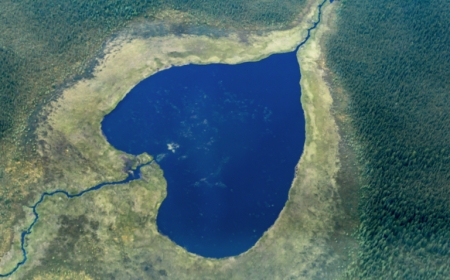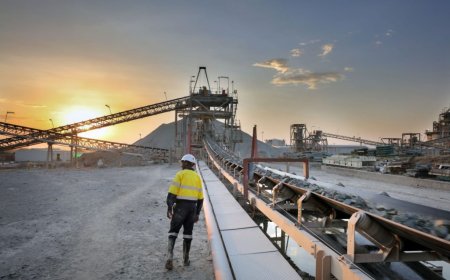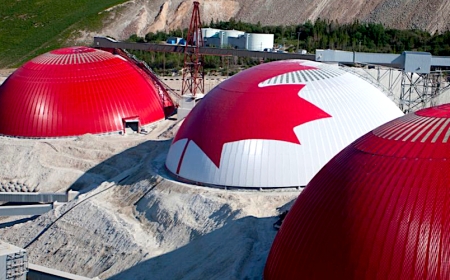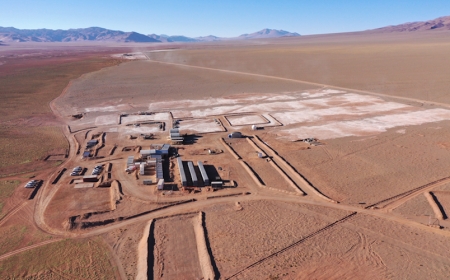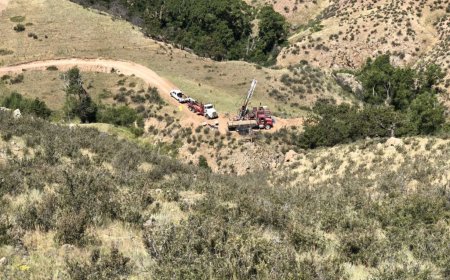Collective Mining shares rise on new high-grade find at Apollo in Colombia
Collective Mining (TSXV: CNL; US-OTC: CNLMF) says it’s found another high-grade zone at the Guayabales gold-silver-copper project in Colombia. The company’s shares rose more than 8%.
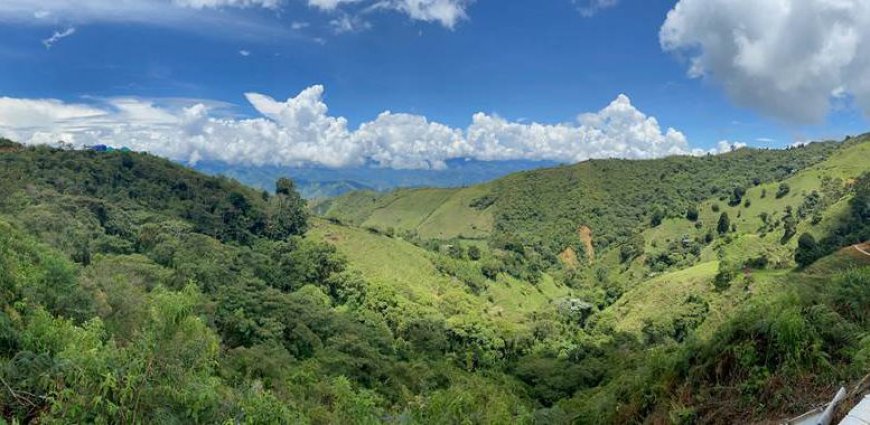

The discovery in the Apollo deposit at the project in Caldas, 275 km northwest of the capital, Bogota, follows an extension of the strike last month.
Drill hole APC-42 cut 104.8 metres grading 4.21 grams gold per tonne, 68 grams silver and 0.3% copper from surface (or a total of 5.56 grams gold equivalent), Collective said in a news release on Tuesday. The hole included 44.6 metres at 6.99 grams gold equivalent from surface and 20 metres at 6.59 grams gold equivalent from 84.8 metres downhole.
Toronto-based Collective also reported drill hole APC-41 cut 82.1 metres grading 2.81 grams gold, 13 grams silver and 0.1% copper including 28.1 metres at 3.67 grams gold equivalent from surface.
“This new step-out drilling into the eastern area of the Apollo system has outlined a new and important high-grade zone,” executive chairman Ari Sussman said in the release. “Extensive quartz stockwork veining has resulted in an abundance of high-grade metal being trapped at the interface between breccia and porphyry.”
Collective shares hit a new 12-month high of $6.03 apiece by mid-day, up from its previous 52-week window of $1.90 and $5.72, before easing to $6 in afternoon trading. The company is valued at $360.5 million.
Guayabales lies within 3 km of 10 operating mines in Colombia’s Middle Cauca mineral belt and is beside Aris Mining’s (TSX: ARIS) Marmato mine. Collective, founded by the same team that developed and sold Continental Gold for $1.4 billion, is betting that Apollo will prove to be a high-grade, bulk tonnage deposit.
30,000 metres

This year’s phase two drilling program is advancing on schedule with 13 holes completed and results announced, the company said. Six more holes have been drilled intersecting mineralization “over varying yet significant” lengths, Collective said. Full assays are pending. The programs is targeting at least 30,000 metres this year or about 50 holes, chief financial officer Paul Begin said in an emailed reply to questions.
Three diamond drill rigs are operating and a fourth is expected to start before mid-year, it said. The company so far has assays from a total of 44 holes and 18,400 metres into Apollo.
Collective has defined the Apollo target as a 1,000-metre by 1,200-metre area, including a 130-metre by 100-metre area of surface mineralization, which is open in all directions. Company geologists say Apollo was formed by an older copper-silver-gold porphyry system being overlaid by a younger vein system of precious metals, all within a hydrothermal breccia body.
The company says it expects to further expand Apollo after finding multiple outcrop areas with porphyry veining, breccia and carbonate base metal veins.
“The surprises at Apollo continue to be positive,” Sussman said. “I am confident that not only will the Apollo porphyry system continue to grow with further exploratory drilling but that we will make new discoveries in the near term by remaining aggressive with our drilling.”

